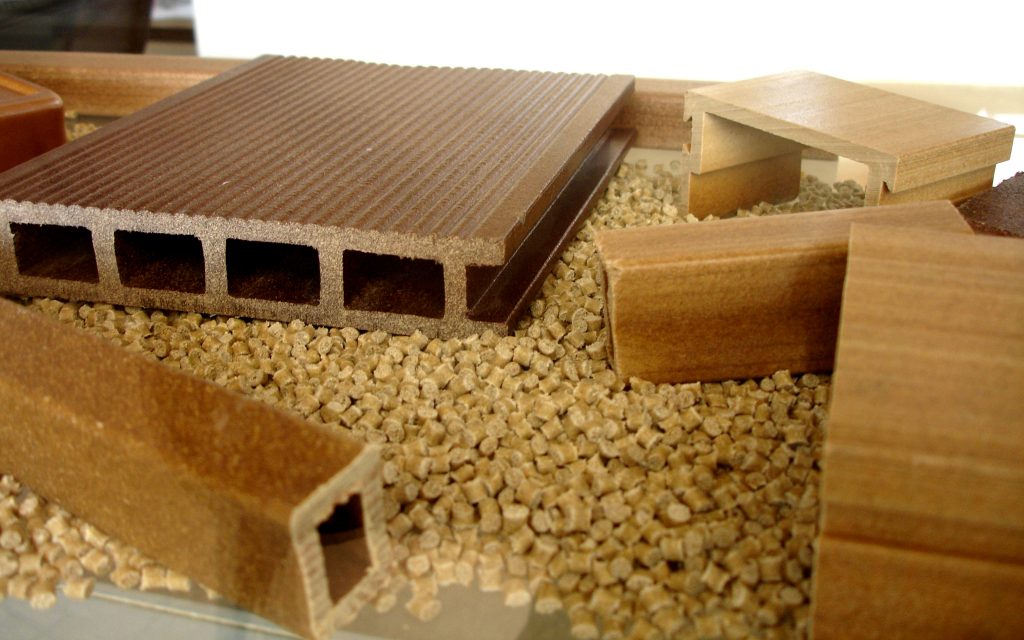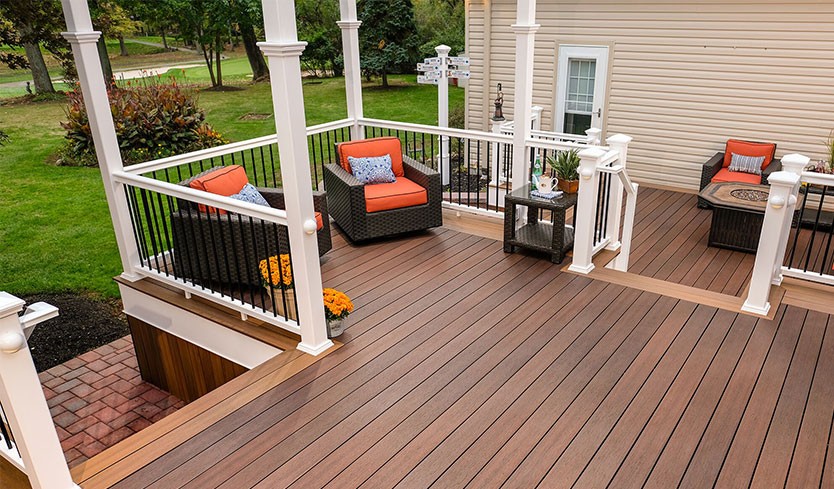Wood plastic composites have taken the construction industry by storm, seamlessly blending the eco-friendly qualities of wood with the durability of plastics. In China, the wood plastic industry is evolving rapidly, with a recent focus on enhancing performance through innovative materials. A breakthrough study introduces a game-changing approach, utilizing montmorillonite and nano to create multifunctional organic nano-reinforced wood-plastic composites.
Nano Wood Plastic Composites Reinforcement Methods:
Montmorillonite, a natural silicate mineral, was chosen for its impressive adsorption and cation exchange properties. Through meticulous treatments, it becomes an efficient additive, enhancing the properties of plastic wood composites.
Researchers explored two methods to incorporate montmorillonite into wood plastic composites: direct addition and a masterbatch approach. The latter, involving a montmorillonite-polyethylene masterbatch, demonstrated superior homogeneity, leading to enhanced mechanical properties. Through advanced analytical techniques like scanning electron microscopy and infrared spectroscopy, scientists delved into the structural transformations and property improvements.
Key Findings:
Interfacial Compatibility Boosts Strength: The use of a coupling agent-treated wood flour improved compatibility with the resin matrix, reducing cross-sectional roughness and increasing flexural strength.
Optimal Montmorillonite Content: The flexural and impact strengths of composites increased with montmorillonite content, reaching optimal performance at a specific concentration.
Nanomaterials Enhance UV Resistance: Montmorillonite’s UV shielding properties, combined with nanomaterials absorbing UV, significantly improved the composites’ UV aging resistance and thermal stability.
Dispersibility is Crucial: Both montmorillonite and nano, when adequately dispersed, positively influenced water absorption and overall performance. Excessive amounts led to agglomeration, diminishing their benefits.
Future Research Directions:
Maximize Nanomaterial Addition: Overcoming the challenge of nanomaterial agglomeration is a key research direction. Exploring methods to increase nanomaterial addition without compromising their properties will contribute to further advancements.
Compound Multiple Nanomaterials: The simultaneous addition of various inorganic nanomaterials remains an unexplored territory. Optimizing the compounding of nano additives can unveil synergistic enhancement effects, paving the way for innovative applications.
Scale Up Production: Large-scale application of nanomaterials faces challenges due to cost and construction difficulties. Future research should focus on finding cost-effective precursors and simplifying production processes to promote widespread adoption.
Organic Nano Enhancement: A relatively unexplored area is the use of organic nanoadditives in plasticized wood composites. Unraveling the correlation between the properties and structure of these additives can set the stage for the development of high-performance and versatile organic nano-materials for plasticized wood.
Conclusion:
The marriage of wood and plastic in construction materials has never been more promising. The research on multifunctional organic nano reinforced wood-plastic composites not only improves existing properties but opens avenues for future innovations. By addressing challenges and exploring untapped possibilities, the construction industry is on the brink of a sustainable revolution, where high-performance materials meet environmental consciousness.







